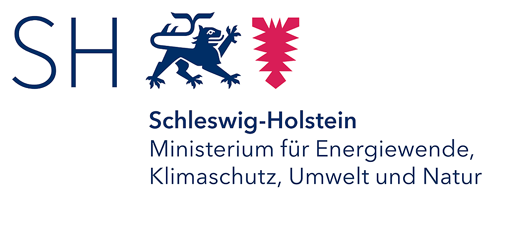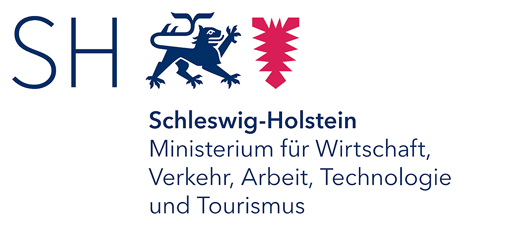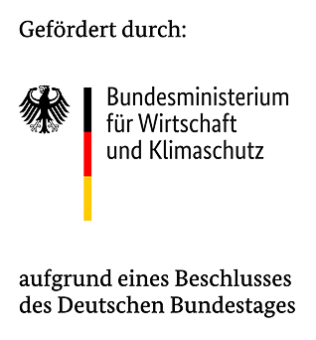Infrastructure
The basic technology of the eHighway, which originated in the field of familiar overhead line-based transport systems (streetcar, trolley bus, etc.), was further developed for the use of trucks on trunk roads. It consists of the fixed overhead line infrastructure, which provides electrical power for driving heavy commercial vehicles on trunk roads, and the vehicles, which must be equipped with special pantographs – so-called O trucks.
Overhead line infrastructure
For the use of trolleybuses (O-trucks), technology has been further developed that originates from the field of trolleybus-based transport systems (streetcars or trolleybuses).
This involves installing an overhead line infrastructure above the road. The height of the contact wires is usually 5.10 m. For crossing under bridges, lowering to a minimum height of 4.50 m is possible.
With special pantographs installed behind the driver’s cab, the O trucks can draw power for the electric drive and battery charging from the overhead line.
The overhead contact line infrastructure consists of substations and a two-pole overhead contact line mounted above the road via a pole system in the form of catenaries.
Substations
The power supply to the overhead contact line is provided by rectifier substations (GUw). These are fed from the public power grid via the grid connection point (NAP). The incoming supply voltage is transformed here to the nominal voltage of approx. 700 V required by the vehicles and rectified. In addition, switchgear and control equipment required for system operation is located in the GUw.
For research purposes, the FESH facility also has a new type of
converter substation
.
Chain plants
For the power supply of the O-trucks, a two-pole DC overhead line hangs above the right lane of the highway. The positive and negative poles are tensioned as separate contact wires in separate catenary systems. The catenary systems are designed as so-called high-level catenaries and each consist of a suspension rope, hangers and the contact wire. The contact wires are aligned parallel to the course of the roadway, which is why the catenary systems run at an angle in the curved section.
For technical reasons, a chain plant can be no longer than about 1.5 km. The direct transition from one chain drive to the next takes place in so-called parallel fields. In these areas, the ending and the newly beginning chain drives are run in parallel to provide an uninterrupted power supply.
Mast system
The tracks are held above the track by a mast system. The mast system consists of masts with transverse support devices and attachments to which the catenary systems are fastened. The pylons are founded in the embankment area next to the highway. Depending on local conditions, the masts are approx. 12 m high from the top edge of the carriageway. At a height of 8 m, a cross-carrying device is mounted, which protrudes over the right lane. The suspension columns and side brackets attached to it hold the chain drives in position. The distance between masts is usually 60 m.
Security Systems
To ensure safe road traffic with the overhead line, various safety systems are installed along the line. Comparable to the technology of streetcars or trolleybuses, the entire system is monitored by a permanently manned control center (24/7). This controls the various sensor, switching and system states and ensures the safety of the system by remote control if necessary. A manual shutdown can also be requested at any time by the rescue control center, which is alerted by dispatched emergency calls or emergency forces. Shutting down the system always includes the so-called disconnection, short-circuiting and grounding of the entire system as well as securing it against unauthorized reconnection.
The plant is secured by passive and automatic systems.
Passive systems
The overhead contact line system has various structural features that already ensure the safety of road users passively and thus without active tripping. Ex. the distance between hangers is selected so that, in the unlikely event of a contact wire break, the ends of the contact wire cannot protrude into the traffic area.
In addition, the entire section is equipped throughout with a particularly robust restraint system (“guardrail”), which reduces the risk of a mast collision caused by road users leaving the roadway.
Automatic systems
In addition to the passive systems, the overhead line system is permanently monitored by sensors.
In the event of unacceptable conditions in the electrical system, these automatically trigger a shutdown of the plant. In addition, there is also permanent monitoring of the mechanical linkage. Vibrations outside permissible parameters or a crack in the linkage also lead to immediate system shutdown. At the same time, the control center is automatically notified, which initiates further measures if necessary.



